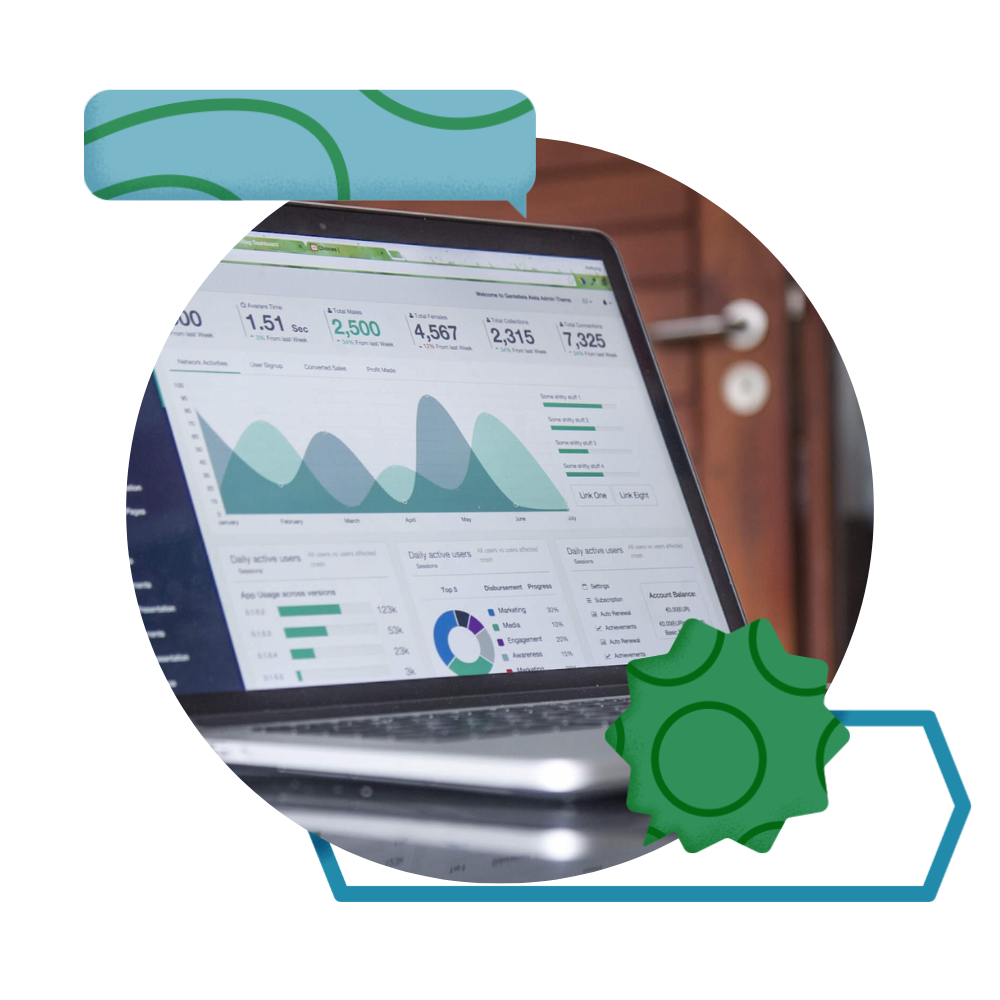As digital marketers, understanding how to obtain clean data is essential for making sound decisions, maintaining compliance, and achieving success. This article will discuss the various types of data available and their implications on digital advertising. There are four types of data that we will cover: first-party data, second-party data, third-party data, and zero-party data.
First-Party Data
First-party data is the most valuable type because it’s collected directly from your customers. This data type can include demographic information such as email addresses or phone numbers, behavioral information such as website visits or purchase history, or locational information like IP address or GPS coordinates. First-party data is the most reliable and accurate type of customer information because it’s sourced directly from your customers and is essential in personalizing messaging campaigns and creating tailored content for different audiences.
Pro Tip: Looking for ways to grow or enhance your first party data? Check out this handy list from Statista.
Second-Party Data
Second-party data is obtained when a company purchases customer insights from another organization that collects the information through its activities. For example, a company might buy location-tracking metrics from an app developer who collects this information from its users. Second-party data can supplement first-party insights or fill in gaps where first-party datasets are lacking. It can also be used to target larger audiences than first-party datasets would allow by making use of multiple sources simultaneously.
Third-Party Data
Third-party data refers to anonymous customer information aggregated by an outside provider and sold to other companies for marketing purposes. This dataset usually contains demographic and behavioral insights from an independent source such as a credit bureau or loyalty program provider. Third-party datasets are often used in marketing campaigns to identify potential prospects with similar attributes as existing customers but are not yet part of the brand’s direct database. While this type of dataset can help expand reach, it comes with less reliable accuracy than first or second-party datasets since it lacks any direct connection with customers.
Zero-Party Data
Zero-party data, a term first used by Forrester Research, refers to any customer insight obtained through voluntary disclosure from customers, including preferences shared directly by customers when signing up for newsletter subscriptions or filling out feedback surveys online. Zero-party info provides valuable insights into individual customers since it accurately portrays their needs and wants directly rather than relying on inferred intuitions from third parties like loyalty programs or credit bureaus. Brands should collect zero-party info whenever possible to better understand their existing customers while targeting new ones more effectively.
It is essential for digital advertisers looking to build relationships with their customers and create successful campaigns to understand the differences between various types of customer data available today.
- First-party data gives companies a deep understanding of customer behavior.
- Second-party partnerships help companies maintain privacy compliance.
- Third-party sources provide limited but helpful demographic information.
- Zero-party sources provide valuable feedback straight from the customer’s mouth.
Understanding these different sources of customer intelligence allows digital advertisers to create marketing campaigns that speak directly to their target market. It is crucial for advertisers to have a solid understanding of the various types of audience data and information available to them. This data is essential as it will reveal how customers respond, interact with campaigns, and make purchase decisions—all key insights that will help brands better understand and connect with their audience today.

